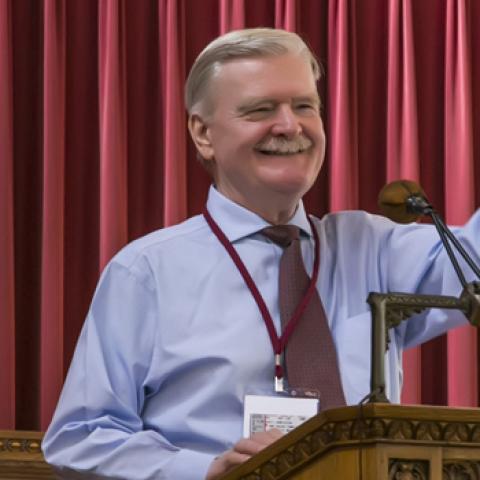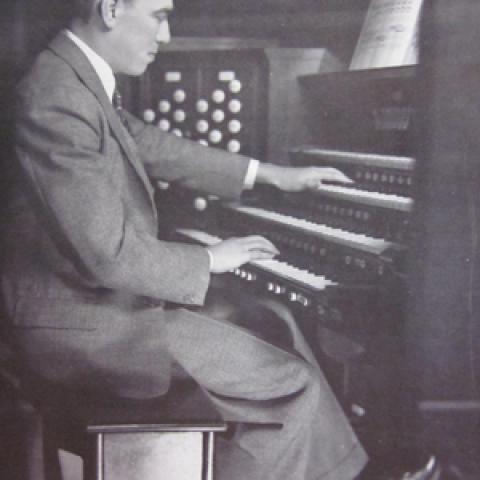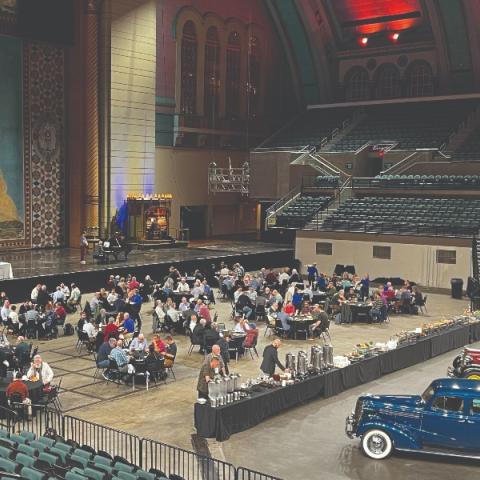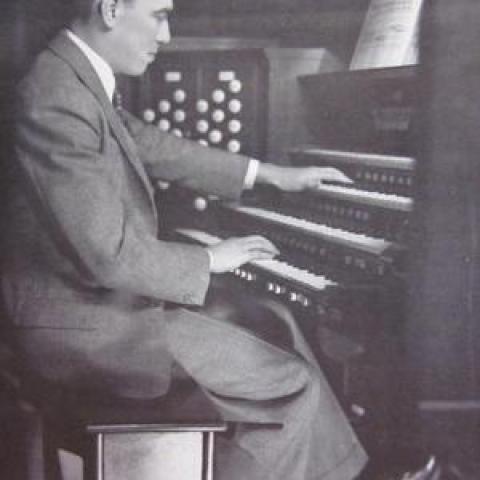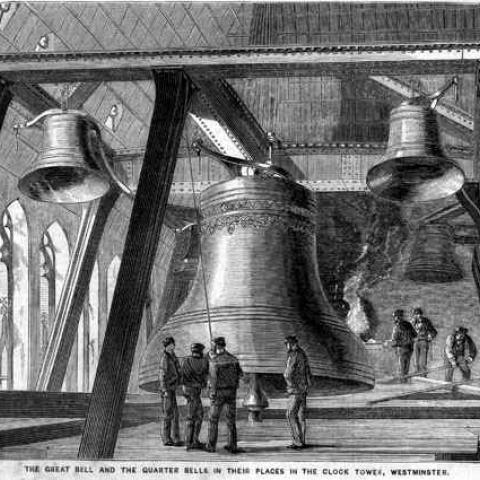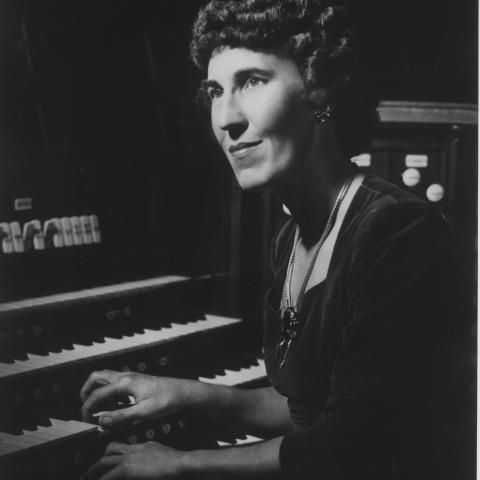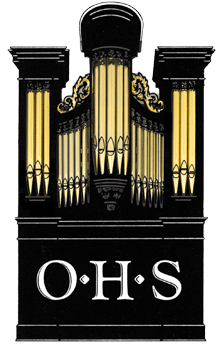
The Organ Historical Society invites applications for its OHS Research Scholarship. The award of up to $1,000 supports research projects related to the pipe organ in America in all its aspects—organbuilders, construction, history, styles, reception, composers, repertories, performers, performing practices, and more. The grant may be used to cover travel, housing, and other research-related expenses. There are no restrictions on eligibility, and there is no application form.
Applications must be in English and should include: cover letter; curriculum vitae; proposal not to exceed 2,000 words containing a statement of objectives; budget showing anticipated expenses associated with the project, including those to be funded by the scholarship; list of other granting agencies to which the applicant has applied or expects to apply to fund the research, and amounts awarded or requested; two letters of recommendation sent under separate cover, addressing the merits of the proposed project, the suitability of the applicant to carry it out, and the likelihood of its successful completion.
Preference is given to projects that include the resources of the OHS Library and Archives (OHSLA) housed primarily at Stoneleigh in Villanova, Pennsylvania. Depending on suitability, the recipient of the scholarship will be encouraged to submit the work for publication in The Tracker or with the OHS Press, and/or to present aspects of the research in a public forum such as an OHS convention.
Applicants should submit materials electronically by December 1. Send application materials or inquiries to: Christopher Anderson, chair, OHS Publications Advisory Committee, at csander@smu.edu.

